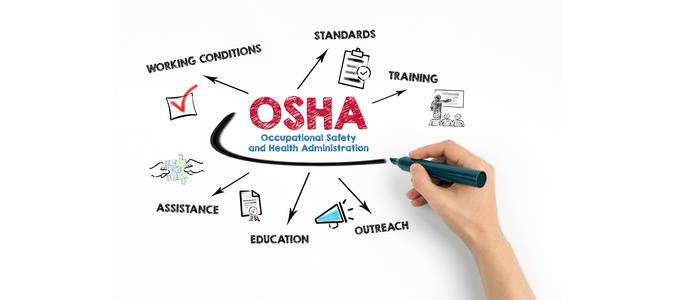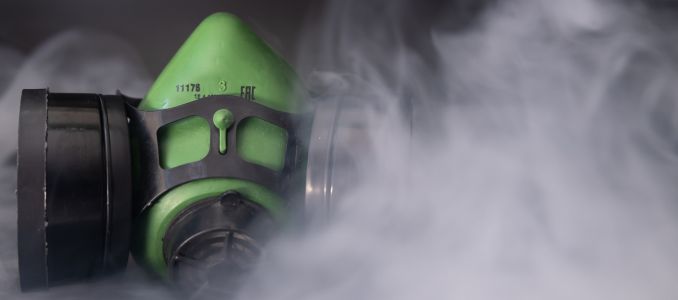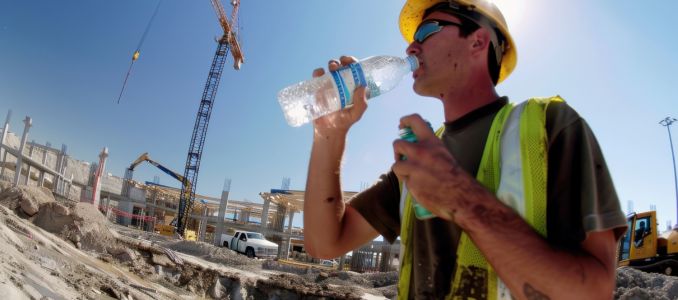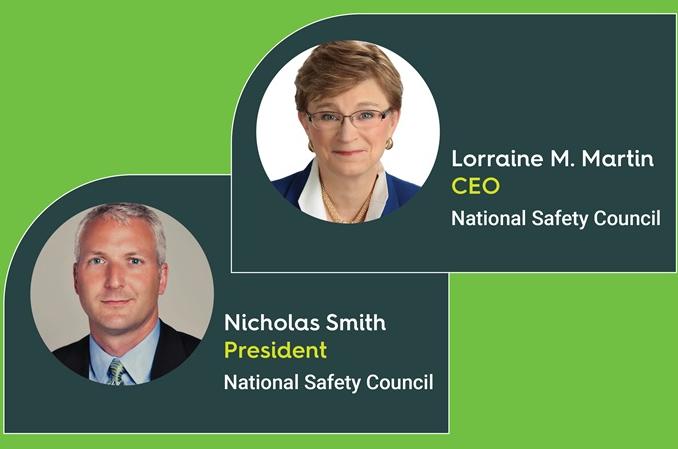
Digitizing toolbox talks with mobile devices and AI is helping safety teams deliver more consistent, traceable, and engaging safety briefings across worksites.

Columbia Southern University Honors Jennifer Keach for Occupational Safety & Health.

Public feedback is being requested on the continued approval of information collection for a national program that fosters voluntary partnerships to advance workplace safety and health.

As wind projects reach greater heights and complexity, GWO certification offers OSHA-aligned training that reinforces fall protection, hazard awareness, and emergency readiness in the field.

The ASSP Foundation has received a record-setting $325,000 donation from the BCSP Foundation to expand education, training, and development for current and future safety professionals.

Improper dumpster use on job sites can lead to serious injuries—these expert-backed safety practices help reduce risks, protect workers, and keep construction waste management OSHA-compliant.

An Orlando missile manufacturing facility faces federal penalties after a December fire injured multiple workers and revealed serious safety violations involving chemical and explosive hazards.

A new OSHA proposal would limit the use of the General Duty Clause in cases where workplace hazards are considered inherent to professional, athletic, or entertainment activities.

A new proposal would exempt workers using filtering facepiece and loose-fitting powered air-purifying respirators from mandatory medical evaluations, citing minimal physiological risk.

The National Safety Council and NCCCO Foundation highlight the dangers of heat exposure in crane operations and outline practical solutions including education, policy updates, and technology.

A new funding opportunity supports the development of creative tools to improve safety and health training for workers in high-hazard industries, from forestry to construction.

A successful safety footwear program goes beyond compliance—it delivers visibility, selection, service, and employee-centered protection that reduces injuries and supports a strong safety culture.

Citing limited benefit and existing recordkeeping requirements, OSHA ends its rulemaking effort to add a musculoskeletal disorders column to the OSHA 300 Log.

The Mine Safety and Health Administration moves to limit discretionary enforcement by district officials, citing legal and constitutional concerns.

Labor Secretary Lori Chavez-DeRemer’s plan to cut 63 federal rules signals a major shift—safety pros must stay vigilant as deregulation reshapes compliance, training, and oversight.

AI-powered tool delivers instant, multilingual safety guidance to help professionals reduce risks and make faster decisions on the job.

The National Safety Council has realigned its executive leadership, naming Nick Smith as president to strengthen its focus on safety innovation and program delivery.